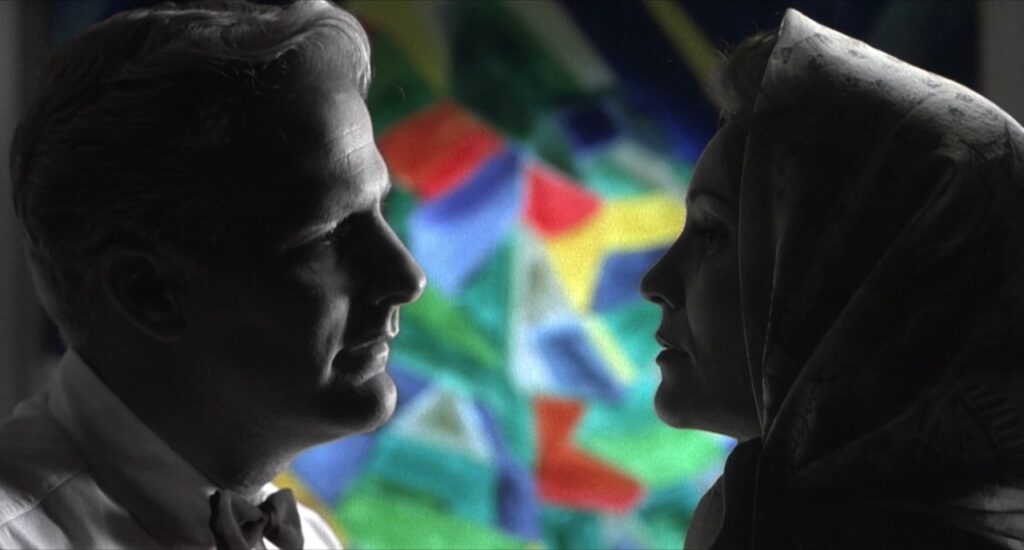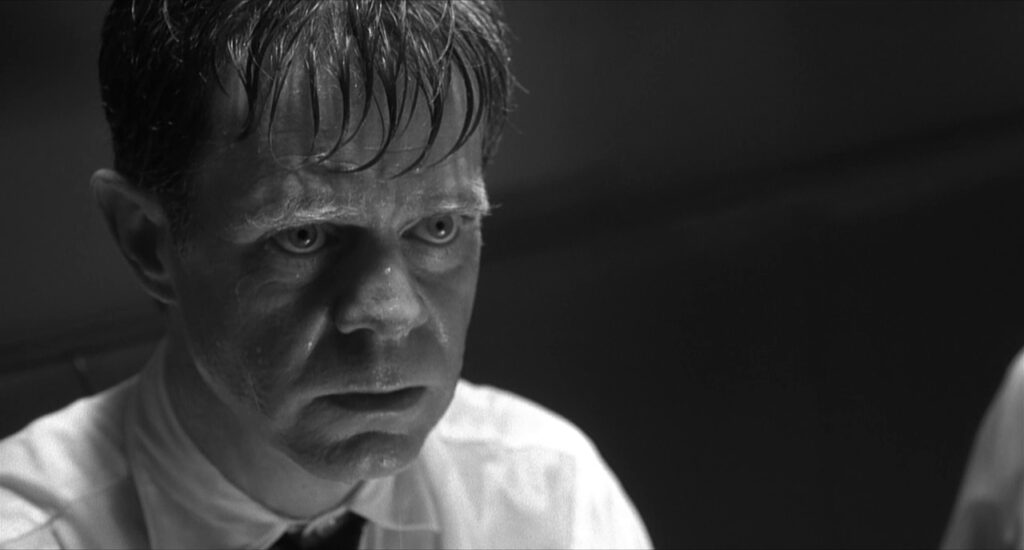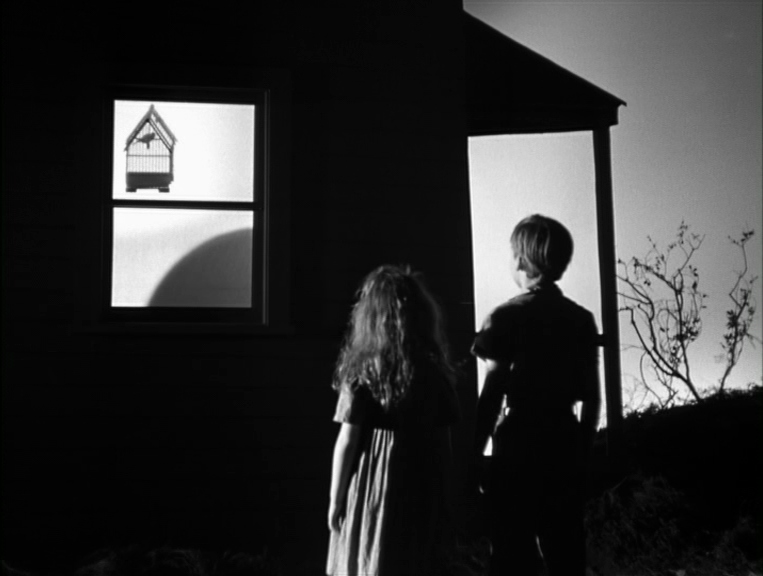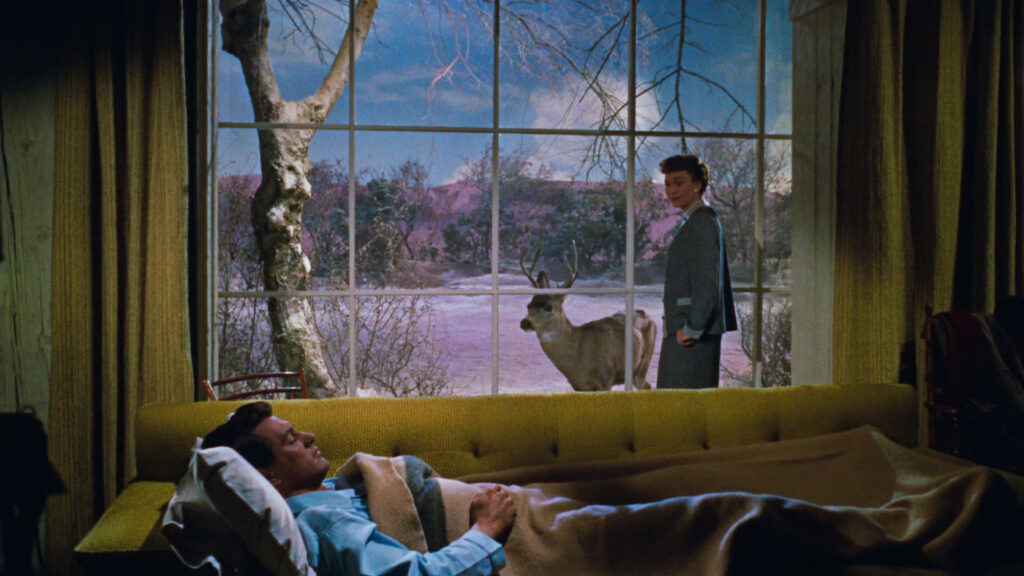Pleasantville, directed by Gary Ross and released in 1998, is often hailed as a visually stunning and thought-provoking film that delves into themes of conformity, individuality, and personal freedom. Set in a fictional town by the same name, the movie presents a fascinating concept where two modern-day (1990s) siblings are transported into a black and white 1950s sitcom.
Initially, I was captivated by the enchanting narrative that unfolded before my eyes in the early stages of Pleasantville. Yet, as I delved deeper into its layers, I discovered that this seemingly perfect world concealed an oversimplified ideology that ultimately diminished its potential impact and complexity. While I appreciate the elegance of uncomplicated tales like Tokyo Story (1953), I find myself disheartened by the superficiality often associated with simplistic narratives, such as the one depicted in this film. The disparity lies in the fact that simple stories can evoke profound emotions, whereas simplistic stories often lack depth or are downright superficial.
Pleasantville introduces us to the fictional 1950s sitcom town where everything is perfect and black and white. The film primarily centers around David and his sister Jennifer, who get magically transported into this utopian world through a mysterious television remote. As the siblings adjust to their new lives in Pleasantville, they bring with them the concept of change and individuality.

Simplistic Portrayal of Conformity and Individuality
One of the central themes in Pleasantville is the exploration of conformity versus individuality. The film initially presents Pleasantville as a place where characters lack personal desires or emotions since their lives revolve around a routine and rigidly defined set of roles. However, as David and Jennifer introduce change into the town, starting with introducing color into the monochromatic world, the townspeople begin to experience emotions and develop distinct personalities. The technical achievement in combining elements of color in a monochromatic world is a feast for the eyes.
Unfortunately, the film’s handling of this theme becomes overly simplistic. The transition from black and white to color is used as a metaphor for the awakening of individuality and freedom of expression. While the concept is intriguing, the execution falls short of its potential. The transformation is too quick and lacks nuance, as characters who were once conformists suddenly reject their old ways and embrace personal desires without much struggle or introspection. Visually, I find no fault with this film. It is an extraordinary blend of originality, stunning visuals, and technical excellence, showcasing a true masterpiece. The writing is what brings it down.

Missed Opportunities for Social Commentary
Pleasantville’s setting in the 1950s provides ample opportunities for social commentary. The era is often romanticized, representing an image of prosperity and harmony. However, it was also a time marked by racial segregation, gender inequality, and social oppression. Regrettably, the film merely scratches the surface of these issues, failing to delve deeper into their implications.
The resolutions to these conflicts feel forced and contrived, lacking the depth necessary to address the deep-rooted problems of the time. Gender roles and the limited opportunities available to women are briefly addressed, but never explored to their full potential.
Conclusion
While Pleasantville offers a visually stunning and initially intriguing concept, its simplistic portrayal of conformity versus individuality and missed opportunities for social commentary ultimately mar its impact. The movie’s transformation from a fairytale to an exploration of societal change lacks the necessary depth and subtlety to tackle its weighty themes effectively. Regardless, Pleasantville remains a noteworthy film, reminding us of the importance of embracing change and challenging societal norms, even if it falls short of presenting a more nuanced ideology.




